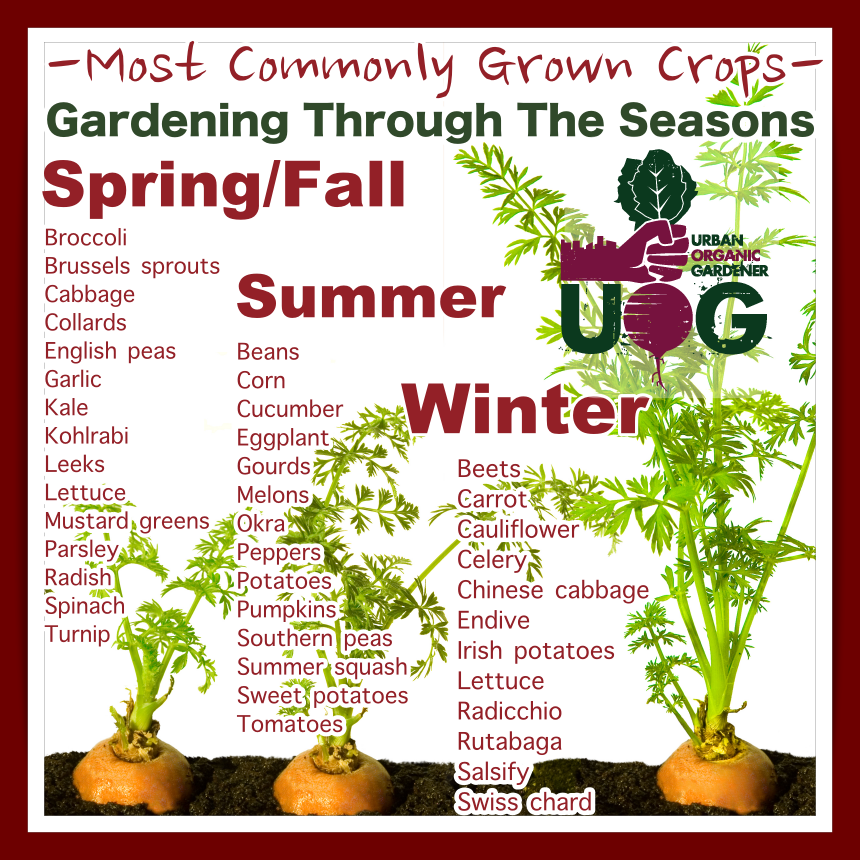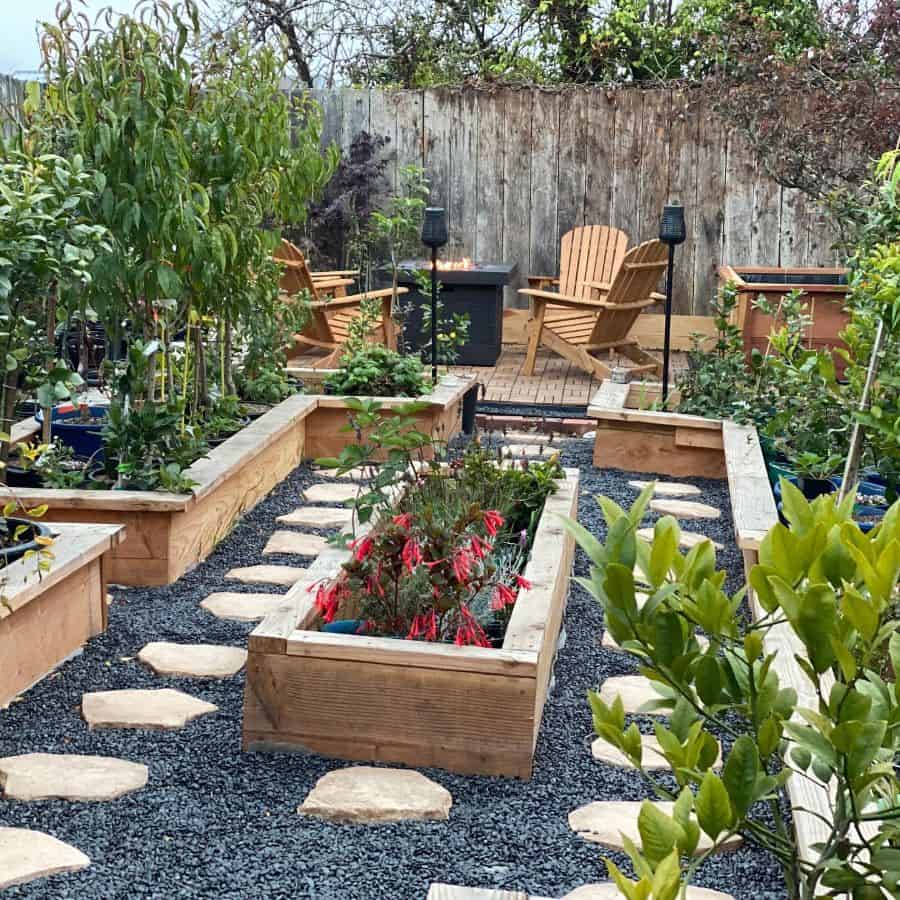How to Plan a Seasonal Vegetable Garden Layout: A Comprehensive Guide

Imagine stepping into your backyard and being greeted by a vibrant, thriving vegetable garden. The scent of fresh herbs, the sight of ripening tomatoes, and the satisfaction of knowing you grew it all yourself. Planning a seasonal vegetable garden layout is like creating a living masterpiece, one that not only beautifies your space but also nourishes your body and soul. Let's dive into the world of seasonal gardening and discover how to create a garden layout that will make your neighbors green with envy.
Understanding Seasonal Crops
Before you start mapping out your garden, it's crucial to understand the concept of seasonal crops. Vegetables fall into different categories based on their growing seasons: cool-season crops and warm-season crops.
Cool-Season Crops
Cool-season crops thrive in the cooler temperatures of spring and fall. These include vegetables like lettuce, spinach, peas, and radishes. They can tolerate light frosts and are perfect for early spring planting.
Warm-Season Crops
Warm-season crops, on the other hand, love the heat of summer. These include tomatoes, peppers, cucumbers, and beans. They require warm soil and air temperatures to grow and produce.
Creating Your Garden Map
Now that you have a basic understanding of seasonal crops, it's time to create your garden map. Think of your garden map as a blueprint for success. It will guide you through the planting season and help you make the most of your space.
Step 1: Assess Your Space
Start by assessing your space. How much sunlight does your garden receive? Is the soil well-drained? These factors will significantly impact what you can grow and where. Most vegetables require at least 6-8 hours of sunlight per day, so choose a spot that gets plenty of sun.
Step 2: Sketch Your Layout
Next, sketch out your garden layout. This can be as simple or as detailed as you like. Include the dimensions of your garden bed, the location of any existing structures (like fences or sheds), and any other relevant details.
Step 3: Plan Your Planting Schedule
Your planting schedule will depend on your climate and the types of vegetables you want to grow. Cool-season crops can be planted in early spring, while warm-season crops should be planted after the last frost date. Succession planting, where you plant a new crop immediately after harvesting the previous one, can help maximize your garden's productivity.
Designing Your Vegetable Plot
Designing your vegetable plot is like arranging a puzzle. Each piece (or plant) has its own unique shape, size, and needs. The key is to fit them together in a way that maximizes space and minimizes competition.
Choosing the Right Garden Bed
The type of garden bed you choose will depend on your space and preferences. Raised beds are popular because they provide good drainage and can be filled with high-quality soil. In-ground beds are another option, especially if you have plenty of space and good soil.
Companion Planting
Companion planting is the practice of planting different crops together to benefit each other. For example, planting marigolds with tomatoes can help deter pests. Carrots and onions are another good pair, as they help repel each other's pests.
Crop Rotation
Crop rotation is the practice of planting different types of vegetables in the same spot each year. This helps prevent soil depletion and reduces the risk of disease. For example, you might plant tomatoes in one spot this year, then plant beans there next year.
Maintaining Your Seasonal Vegetable Garden
Once your garden is planted, the real work begins. Regular maintenance is key to a successful harvest.
Watering
Most vegetables require about 1 inch of water per week. This can come from rainfall or irrigation. It's best to water deeply and less frequently to encourage deep root growth.
Weeding
Weeds compete with your vegetables for water, nutrients, and sunlight. Regular weeding will help keep your garden healthy and productive.
Fertilizing
Most vegetables benefit from regular fertilization. Compost is a great natural fertilizer, or you can use a balanced organic fertilizer.
Conclusion
Planning a seasonal vegetable garden layout is a rewarding endeavor. It's a chance to connect with nature, grow your own food, and create a beautiful space. By understanding seasonal crops, creating a garden map, designing your vegetable plot, and maintaining your garden, you can create a thriving oasis right in your backyard. So, what are you waiting for? Grab your gardening gloves and let's get started!
FAQs
What are the best vegetables to grow in the spring? Cool-season crops like lettuce, spinach, peas, and radishes are great choices for spring planting. They can tolerate light frosts and thrive in cooler temperatures.
How do I know when to plant my vegetables? Your planting schedule will depend on your climate and the types of vegetables you want to grow. Cool-season crops can be planted in early spring, while warm-season crops should be planted after the last frost date.
What is succession planting? Succession planting is the practice of planting a new crop immediately after harvesting the previous one. This helps maximize your garden's productivity.
What is companion planting? Companion planting is the practice of planting different crops together to benefit each other. For example, planting marigolds with tomatoes can help deter pests.
How often should I water my vegetable garden? Most vegetables require about 1 inch of water per week. This can come from rainfall or irrigation. It's best to water deeply and less frequently to encourage deep root growth.


0 Response to "How to Plan a Seasonal Vegetable Garden Layout: A Comprehensive Guide"
Post a Comment